Changes
There have been more articles and publications about Generation Y than any other generation. Marketing specialists are striving to reach the millennials with services and products, while specialized consultants advise companies on how to motivate young employees. The dominant features of the millennial group include the best education compared to their predecessors, obsession with social media and the fact that they do not know military drill. The Japanese call them “nagara-zoku" – those who always do two things at a time. These are of course generalizations, but statistics confirm that these features are represented in this generation more often than in any other.
Why is Generation Y in the focus of interest of HCM developers? Millennials already make up 30% of the labor market in many countries, and in 2020 this figure will rise to 50%. In a few years, every second job candidate will be a representative of Generation Y, therefore HR tools must support managers in managing the new staff, and offer employee experience that will motivate employees and help retain them in the organization.
Employee experience, a concept mentioned among key HR trends, is the employee’s experience from the point of view of various aspects of the organization, from recruitment through development to leaving the company. How to provide Generation Y with positive experience? SAP is looking for answers in the surveys of millennials’ expectations. They confirm several key requirements for the employer:
- managers should be mentors;
- work is to be a passion;
- the majority of young employees expect a detailed guidance at work – it is not enough to set them a goal: “go from point A to B", but they must be provided with the answer to the question “how to go from point A to B?";
- Generation Y expects continuous feedback – a periodic assessment is no longer sufficient, constant coaching is needed;
- millennials want to share their values and interests with co-workers;
- HR tools should be similar to consumer applications – easy to use, visually attractive and offering information exchange options similar to those offered by social media.
Many of these expectations are also characteristic of Generation X, although their ranking will be slightly different here. What is important is that if the organization succeeds in meeting them, everyone will win.
How does SuccessFactors respond to the expectations of Generation Y?
Recruitment
Millennials are simply obsessed with social media. Most of them use Facebook, Messenger, Instagram, YouTube or Snapchat on their smartphones. It turns out that they look for a job in a similar way – therefore, recruitment websites should be visually attractive and easy to use on the phone. SuccessFactors provides the Career Site Builder tool that organizations can use to build career pages integrated with social media, optimized for search engines (technology patented by SAP) and available on every device.
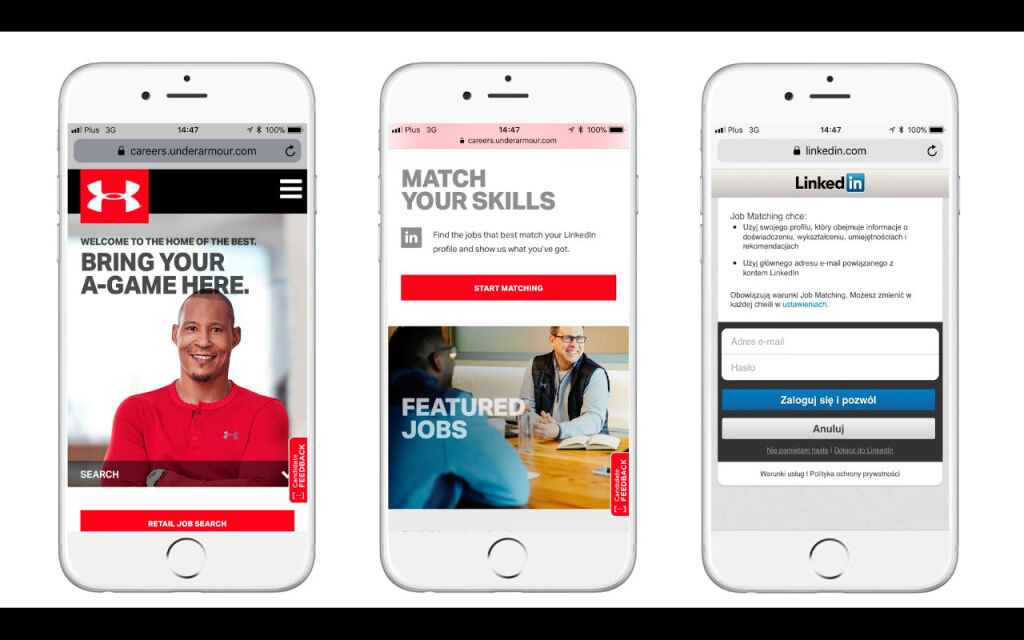
Sample recruitment pages of one of the SAP SuccessFactors customers
Mobile applications should take into account the fact that most millennials apply for a job and attach a resume via phone. Some candidates will use the option of an automatic job proposal tailored to their LinkedIn profile. It is important to encourage the candidate to register in the talent database and to subscribe to information about appearing job offers if he/she does not decide to apply. Remember that with our recruitment website, we build the image of an employer and increase the chances of recommending it to friends in social media.
Millennials, more than other generations, highly value the organization’s activities in the social responsibility area. If a company carries out such activities, it should inform about it on career pages. This is one of numerous best practices that SuccessFactors offers.
Onboarding
New employees, especially the representatives of Generation Y, need training, hence the period of adaptation is extremely important. It can be said that most companies have defined onboarding processes, but it often turns out that they are not effective. Why? First of all, onboarding is not a one-day event and should start at least a few weeks before the first day of work and end after a new employee has achieved the required effectiveness. For many organizations, the involvement of managers in the adaptation process is problematic – often they do not have time or tools to support onboarding.
Over 80% of new employees decide whether to stay in the company or not within the first 6 months after employment, and 1 out of 4 leaves the company during the first year. An unorganized onboarding process can arouse doubts in new employees and make them rethink their decision about choosing the company. How does SuccessFactors handle it?
The first steps of adaptation of a new employee should be prepared by their supervisor. Using SuccessFactors, the supervisor can:
- appoint a mentor for a new employee;
- present co-workers to his/her subordinate;
- indicate useful documents, videos or websites;
- present a plan for the first day of work;
- plan short-term goals;
- start workflow processes related to the workplace and tools.
As we know, managers in companies suffer from time deficits, so everything must be done smoothly – with a few clicks.
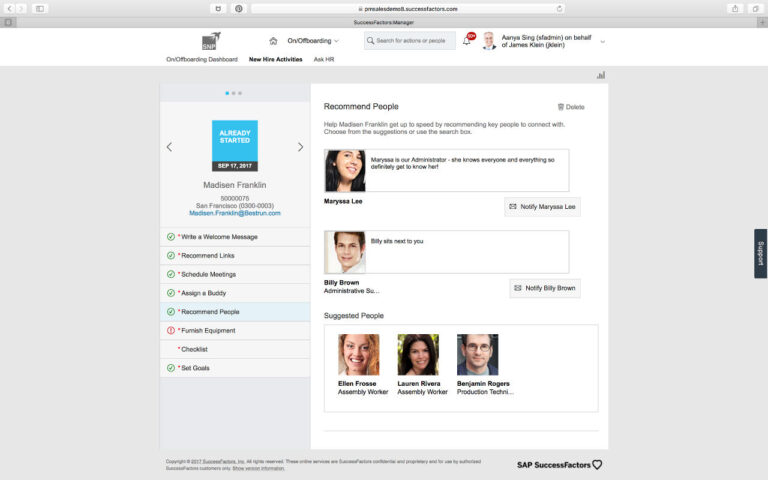
The sample screen that is used by the manager to plan onboarding for a new employee
The future employee (future, since he/she starts the onboarding adventure before the first day of work) logs into the SuccessFactors system, where he/she gets to know the company and future co-workers.
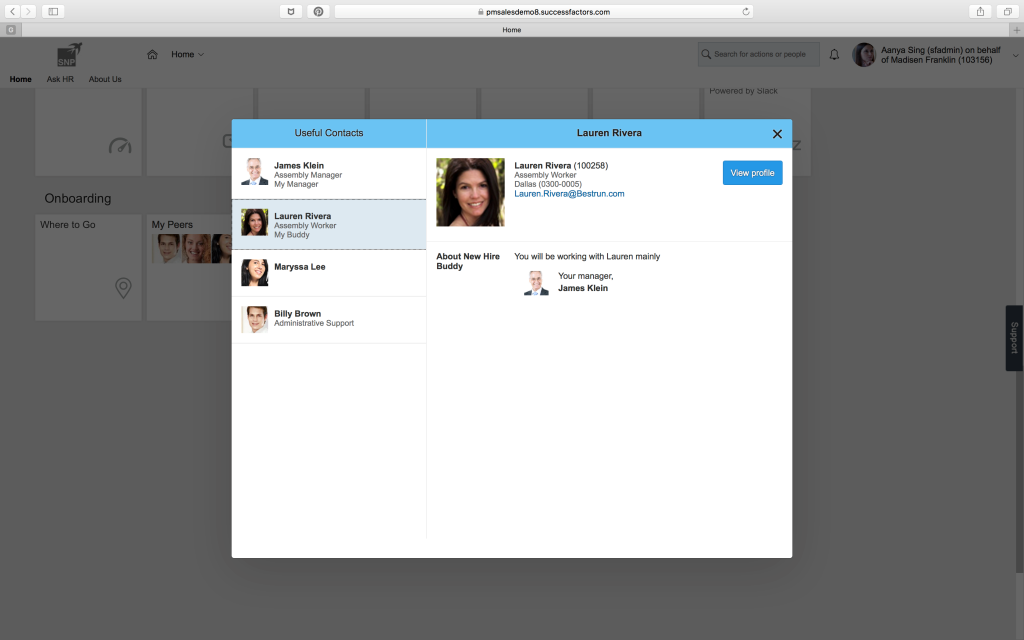
The sample screen that a future employee can see
From the point of view of Generation Y, it is extremely important to be able to share your passions with colleagues at work. SAP Jam responds to this need. It is a corporate social networking site through which employees share not only professional knowledge but also interests. SAP Jam access is a recommended element of onboarding. The future employee will not only get relevant information about the company’s operation, but can also ask questions and participate in discussions in the groups to which he/she has been assigned. Modelled on Facebook and LinkedIn, SAP Jam enables you to provide feedback, which is so important to millennials.
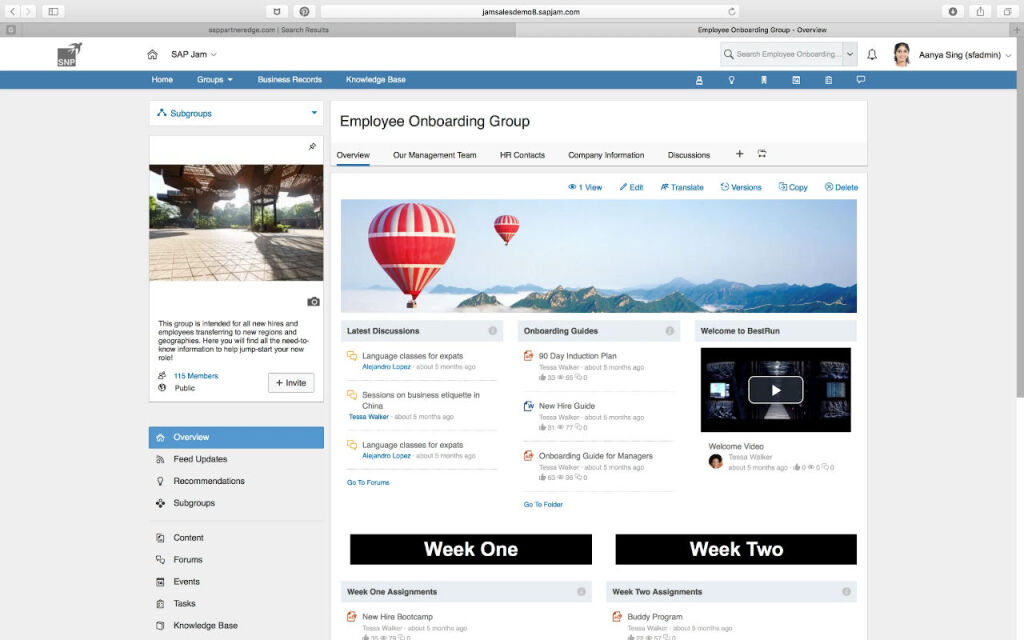
SAP Jam as an effective onboarding tool
Employee profile
It may seem quite strange to older generations that millennials want to share their passions and interests. Remember that this is a generation that does not know the reality without social media. The creators of SuccessFactors have taken into account the need to open up at work by enabling employees to edit their own public profile. It is here that they can boast about their interests, and what’s more – post links to their boards in social media.
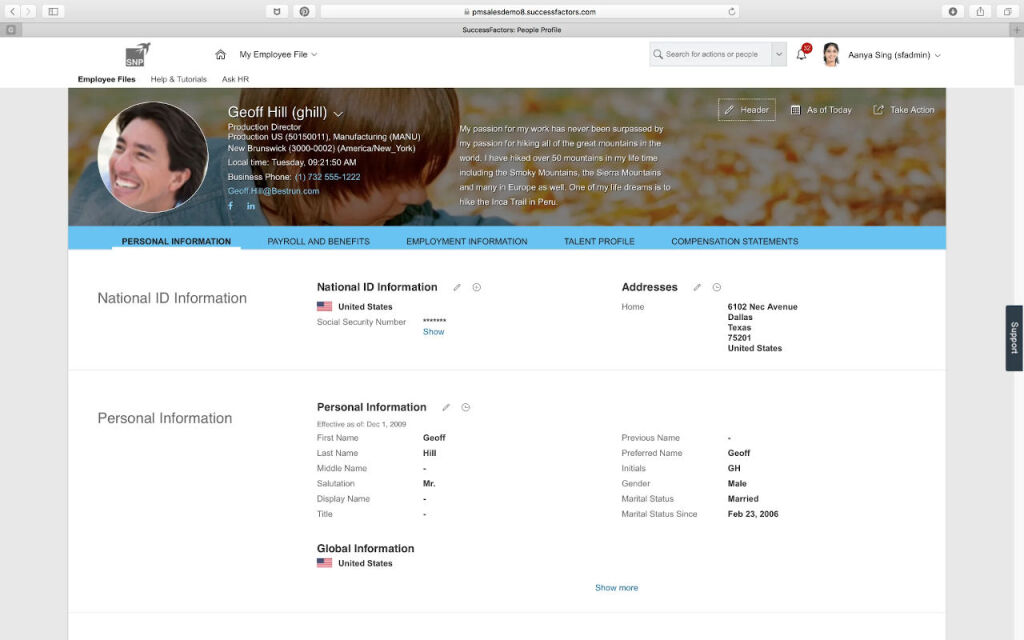
Employee profile in SAP SuccessFactors
Coaching
The millennial generation expects continuous feedback, and the expression of this need is activity in social media, in particular “likes" and comments under the content posted there.
SAP has copied these patterns in SuccessFactors. Employees can give themselves badges and like content in SAP Jam.
Managers get a tool that supports motivating subordinates – “Continuous Performance". It enables them to indicate the employee’s achievements and to plan meetings. There is no better motivation for a millennial than frequent feedback from his/her superior.
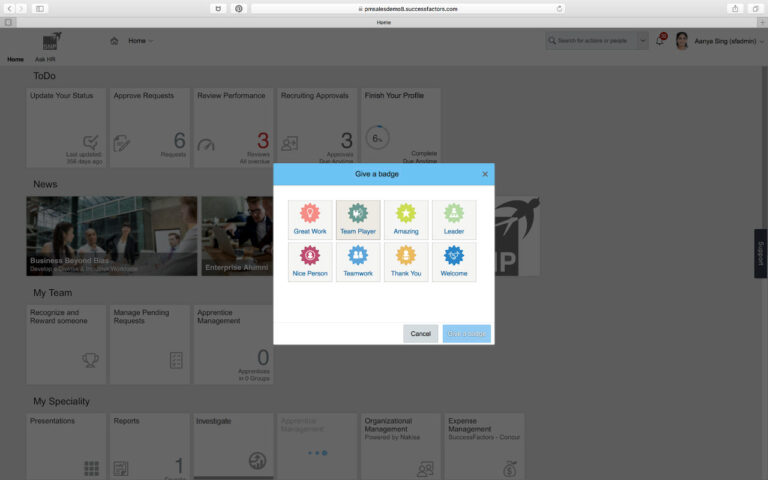
Giving badges in SuccessFactors
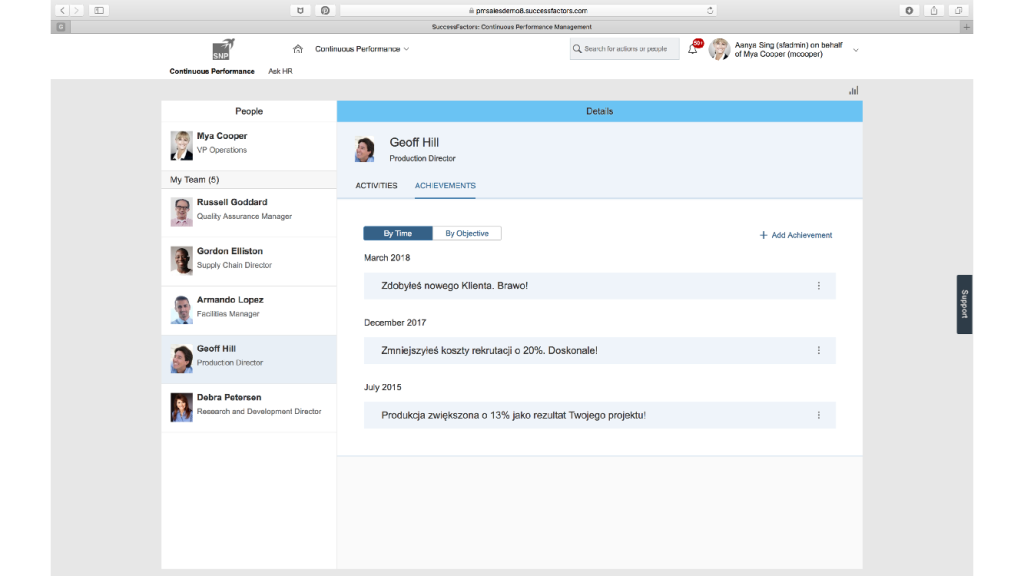
The screen for providing feedback and planning coaching sessions
Employee experience to the end
Remember that employee experience management is a long-term process that also includes a farewell. The person who leaves the company should leave with a positive opinion about the organization – it is likely that the opinion will be shared with our clients and candidates in a moment. That is why SAP also offers support for the offboarding process – just like in the case of onboarding.
Everything that an employee receives from the company translates into his/her opinion about the employer.
Thanks to SuccessFactors, the user gets to know the organization in an attractive way – first as a candidate, then a future employee, and later confirms this image at the workplace. I encourage all employers to think over whether they pay enough attention to employee experience and whether they are prepared for the challenges brought by the wave of candidates from Generation Y.

